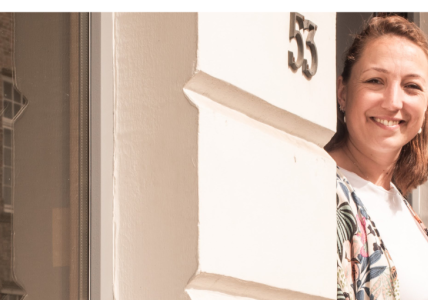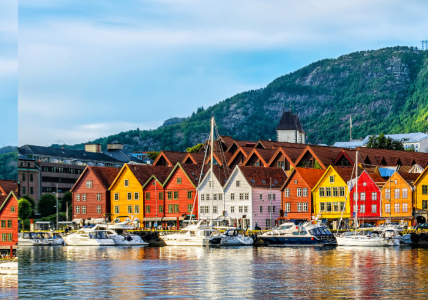The latest IPCC report and the rising cost of oil and gas underline the urgent need to ramp up fossil-free solutions. Focused on innovation and testing on the ground, Interreg North Sea Region projects are driving solutions forward at speed and scale.
On 4 April, the Intergovernmental Panel of Climate Change (IPCC) issued a stark warning. CO2 emissions must peak by 2025 to keep global warming below 1.5° C. In other words, we have 30 months to turn the tide. At the same time, Europe is scrambling to secure enough power and prevent energy poverty. How can we address the looming energy shortage without intensifying climate change? The obvious answer is to up the pace of the green energy transition.
The North Sea Region is uniquely placed to help that happen. All seven member countries are among the top 20 in the Global Energy Transition Index 2021, with Denmark, Norway, and Sweden topping the list.
Building on this regional strength, over 30 North Sea projects are contributing to the big shift that needs to happen. Here are five actions to fire up the transition – tried, tested, and recommended by our projects.
1 Make energy renovation affordable
Buildings are a good place to start because they are responsible for 40% of the total energy use in Europe. And the first focus should be on retrofitting existing buildings which is most often greener than new-build.
However, the cost of energy renovation slows down the renovation wave. INDU-ZERO offers a fresh take on this challenge: A factory blueprint for mass renovating 22 million homes at half the current cost. The concept is designed to bring old building stock up to modern low-energy standards.
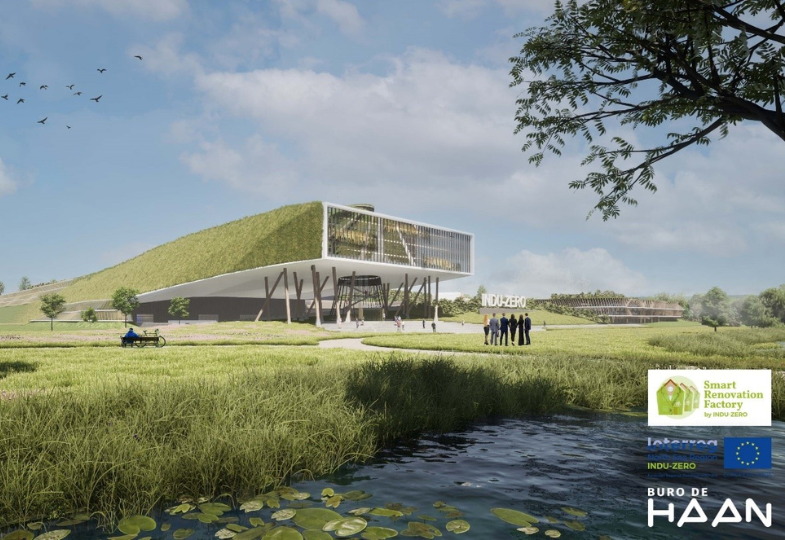
Visualisation of the energy renovation factory. The capacity of a single factory is 15,000
renovation packages per year.
Together with the housing association Domijn, the project has retrofitted three houses in the Netherlands. According to Rutger Vrielink from Domijn, the test met expectations. He says: “INDU-ZERO is the solution for large-scale and affordable sustainable renovations. The operation only caused minimal inconvenience to our tenants!”
The race is now on to find investors to build the first real factory. Meanwhile, the showcase building is attracting visitors from all across Europe every week.
Recently, project manager Ulla-Britt Krämer was named one of the 10 most impactful women in construction based on her work with INDU-ZERO.
The climate crisis concerns everyone. This is why we need to tackle this huge challenge by working together internationally.
2 Help homeowners ride the renovation wave
Energy renovating your home keeps energy bills low and protects you from soaring prices in an unstable market. Yet the scale of investment may deter homeowners from moving ahead with a renovation project. Moreover, there are lots of uncertainties. Does it pay off? Can we get a bank loan? Where should we invest first?
Stronghouse designs tools for the full customer journey and uses ’personas’ to guide homeowners in different situations and stages of life. They help people to understand the options, make informed choices, and secure the necessary funds. Stronghouse also explores a neighbourhood approach to driving investments.
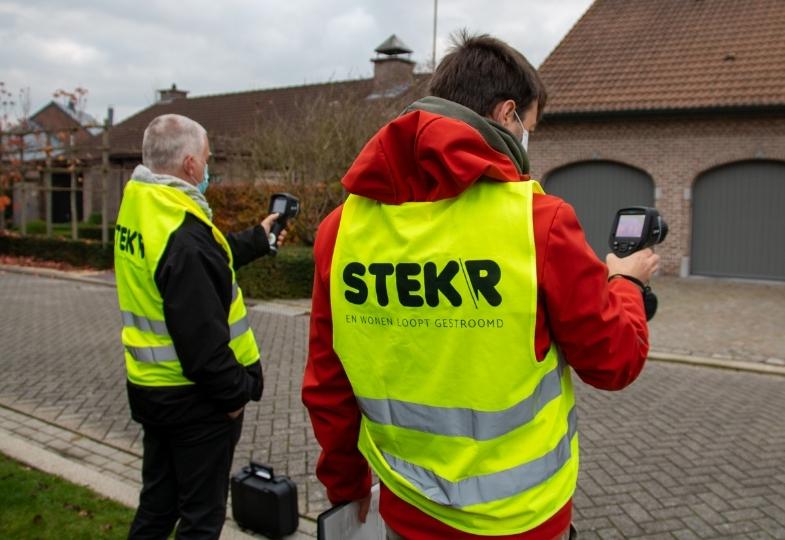
As part of Stronghouse, the Flemish partner IGEMO trained neighbourhood volunteers to identify heat losses from buildings with thermoscans. The “community thermo brigade” is now helping homeowners on request.
With the latest numbers in, the project’s success is undeniable. So far, Stronghouse has led to the renovation of 14,045 houses, saved 17.2 kton CO2 emissions, and catalysed investments of €151 million…and counting!
The energy renovation of homes is about financing and technology, but most of all it’s about people
3 Turbo-charge community energy
To expand green energy on land, give local people a chance to engage and profit from renewable energy in their back yard. This is the philosophy of COBEN. Engaging with citizens, farmers, and companies, COBEN shows that local communities can be strong drivers of the green energy transition.
The project has built a network of over 3,000 stakeholders and created positive change across the region. As a result, 58 communities reduced their CO2 emissions. Initiatives include joint procurement, community schemes, and local ownership of green energy infrastructure.
In Flanders, Scotland and the Netherlands, the project has inspired regional and local strategies enabling citizens to get involed in green energy projects. Also, COBEN’s position paper outlines how the EU Energy and Electricity Directives can support civic energy in the member states.
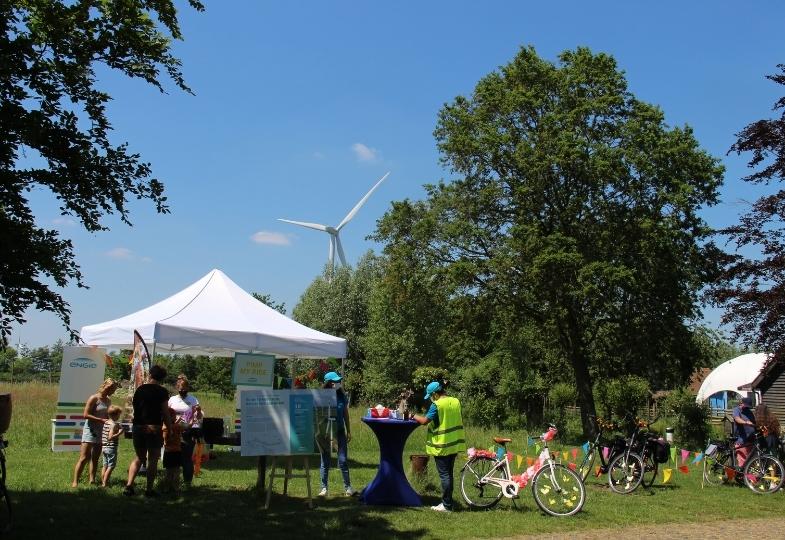
In Eeklo, Flanders, a new wind landscape of 32 wind turbines were launched with 35% citizen involvement. The launch was duly celebrated with ice cream and bike trips touring the turbines!
4 Tap into offshore wind
Wind energy is on the rise in the North Sea, which holds vast wind resources. But will the offshore wind supply chain meet the growing demands? Surely SMEs are set to play a key role, yet many smaller companies still struggle to break into the market.
Inn2POWER supports the SMEs through B2B matchmaking as well as an offshore wind directory including 2,000+ companies. Also, to build the SMEs’ capacity, the project has developed a popular offshore wind MBA course. Additionally, Inn2POWER will guide SMEs on opportunities within green hydrogen used for storing and transporting wind energy.
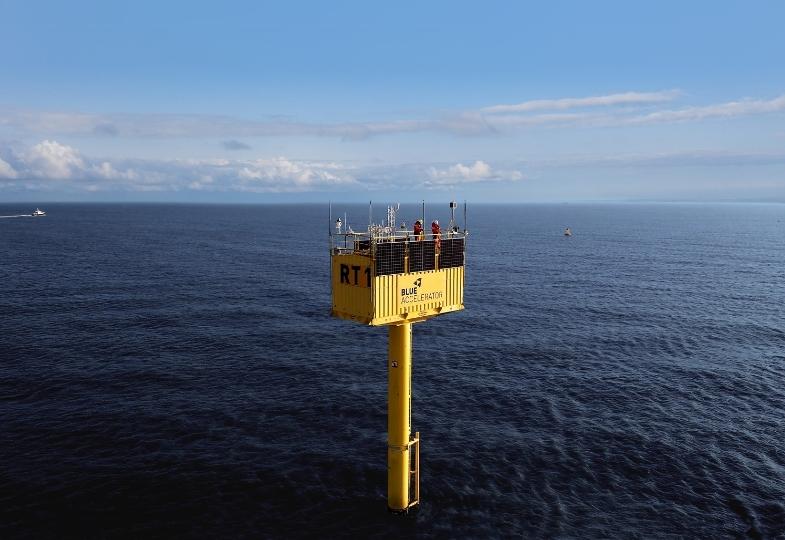
Offshore test facilities are crucial for SMEs to bring their innovations to the market. Photo: Inn2POWER
However, turbines and platforms will eventually grow old, raising the question of how to dispose of ageing offshore wind farms. DecomTools provides some answers. The project is building know-how for safe and eco-friendly decommissioning – or life extension, when this is the better option.
The strong North Sea winds also come to the rescue for the shipping industry struggling to bring down its emissions. This old idea is undergoing a spectacular revival and the WASP project plays no small part in it.
WASP equips five vessels with different high-tech devices that are, in essence, a modern version of sails. The tests are a vital step to scaling up wind-assisted shipping in the North Sea.
Both shipowners and policymakers are showing a keen interest in the trials. They have led to orders for eight new vessel installations for delivery within the next 12 months. And a WASP trial inspired Scandlines to install a second rotor sail on another ferry in their fleet.
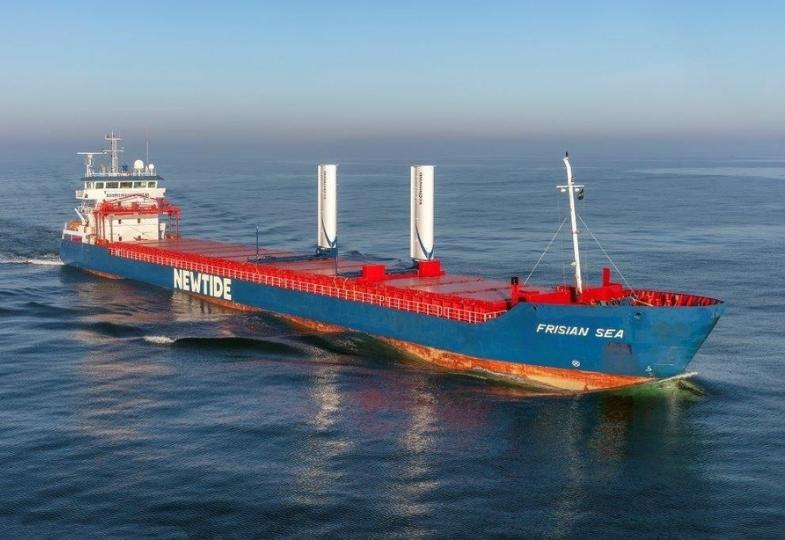
5 Shift green transport into high gear
Transport is a slow mover when it comes to the green transition. Despite all efforts, it remains largely oil-based. That is why North Sea Region projects are rolling out an array of clever low-carbon transport solutions.
One example is HyTrEc2 which trailblazes green hydrogen in transport. The project has tested over 30 bespoke and innovative cars, vans, and trucks, and it has upskilled the hydrogen supply chain. As a result of HyTrEc2, a Hydrogen Hub project in Aberdeen and a hydrogen valley in the Netherlands are pencilled in.
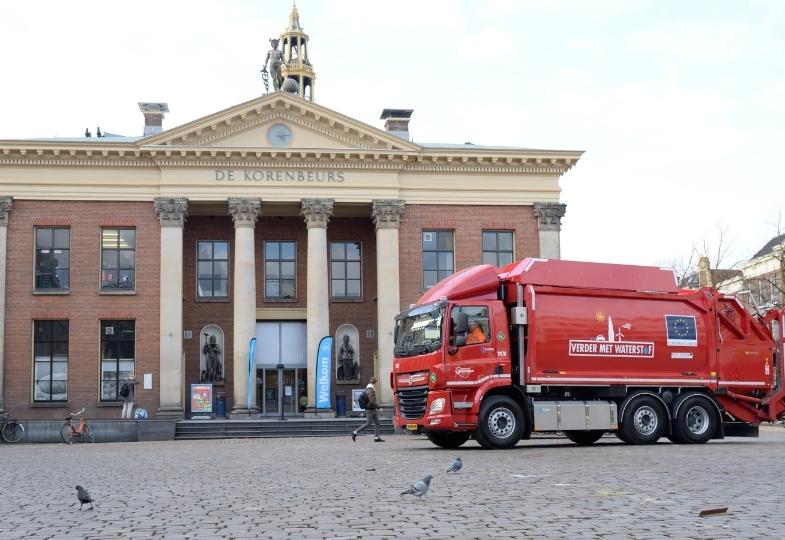
This renovation truck now collects waste in the City of Groningen without dirtying the air! It proves that green hydrogen is suitable for fuelling trucks with heavy loads and for powering onboard machinery.
While public transport and shared mobility take cars off the road, these options can be made even greener and more convenient to use. This is the message from projects such as SHARE-North, G-PaTRA, MOVE, and Stronger Combined. Solutions include village buses, hydrogen trains, and shared mobility hubs, just to name a few. So, how about a rural hub complete with restaurant and bike repair shop? Or perhaps a stay at a Bed & Bike?
Meanwhile, BITS uses ICT to make cycling a safer and better experience. Cycling already saves 16 million tonnes of CO2 a year in the European Union, and this could be even higher. BITS removes barriers for people to get their bike out, such as lack of safe cycling routes or bike parking. In 2020, BITS won a Flemish national road safety award.
Cooperation cuts the mustard
One of the biggest strengths of Interreg projects is that they are about real change in real places. In this context, partners often highlight the transnational set-up as key to powerful learning.
Interreg projects turn ideas into action. Because people embedded in the reality of regions and cities work together, they are able to carve out practical ways to say goodbye and good riddance to fossil fuels. In short, they are the opposite of bla-bla-bla. Our projects are test beds moving the North Sea Region towards energy self-sufficiency and helping to bring the planet back from the point of no return.
About the author
Sofie Forfang is a Communications Advisor working at the Interreg North Sea Programme.
Top image: NiseriN/Getty images via Canva.com
